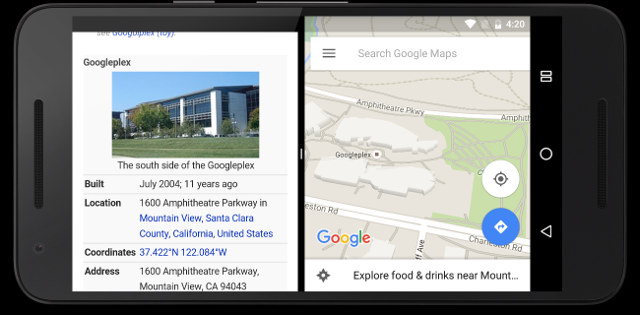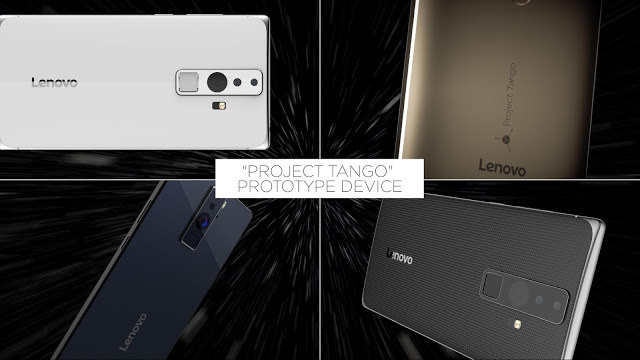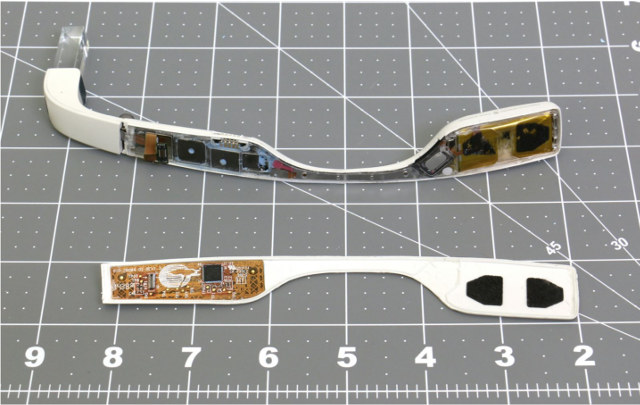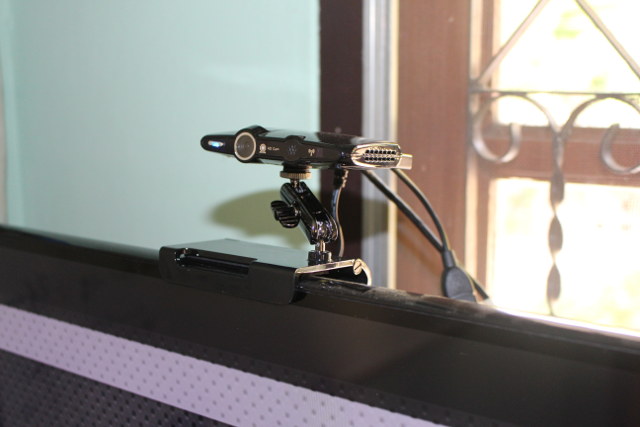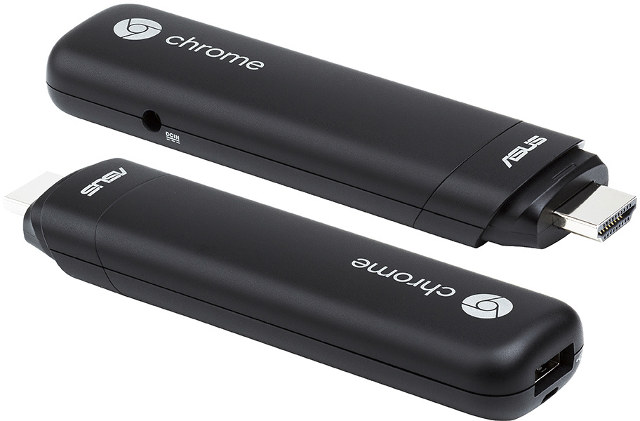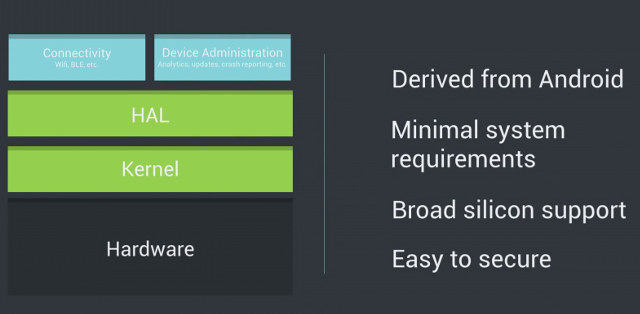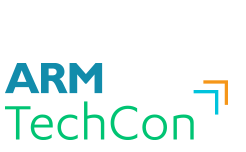Google has just released an early developer preview of Android 7.0 N (Nutella?) before the OS officially launched later this summer with new features such s multi-window support, TV recording, Picture-in-picture, bundled notifications, and efficiency improvements. So let’s have a look at some of improvements: Multi-window – A new manifest attribute called android:resizableActivity is available for apps targeting N and beyond, allowing your activity to be launched in split-screen modes on phones and tablets. In addition, activities can also go into picture-in-picture mode on devices like TVs by setting android:supportsPictureInPicture to true. Direct reply notifications: Initially an Android Wear only features, the RemoteInput notification API has now been added for smartphones and tablets, and allows user to reply directly within the notification shade. Bundled notifications – The Notification.Builder.setGroup() method can be used to bundle notifications from the same app together. Efficiency Improvements – Doze has been further improved to save […]
NayuOS is a Developer Friendly Chromium OS Fork without Google Services
People at Nexedi, an European based open-source software publisher, are doing a lot of development work on Chromebooks, but with Chrome OS, all your data is kept on Google servers when you login, and by default the OS basically runs Chrome browser with barely any development tools. So the company leveraged Chromium OS, the open source version of Chrome OS, to create their own operating system, called NayuOS, that does not run any proprietary software, does without Google servers, and comes with git, nmp and other developer tools by default. The operating system should also provide a better Chromebook experience in China, thanks to the company’s re6stnet app and GrandeNet system allowing to have IPv6 available even when ISPs only provide IPv4, and to work around the unreliable Internet infrastructure in China. The source code and instructions to build an image yourself are available, but the company also released binary […]
Intel RealSense Devkit and Lenovo Smartphone to Feature Project Tango 3D Mapping Technology
Project Tango is a project launched in 2014 by Google ATAP that aims at creating 3D map of your environment using 3D motion tracking with depth sensing for tracking your movements in 3D, precise and quick measurements, augmented reality and more. The first Project Tango development kit was a tablet based on Nvidia TegraK1, but Google recently announced that Lenovo planned to launch the first consumer smartphone with the technology. Beside the announcement that there are going to make a phone, the company did not provide many other details so far, but it should feature a screen smaller than 6.5″ and cost less than $500. The main reason Google posted about this before CES 2016 was probably to reach out to developers who can submit the app idea to be features on the first Tango phone by February 16, 2015 with the following materials: Project schedule including milestones for development […]
Google Glass 2 For Enterprise Shows Up on FCC Website
I’ve never been a fan of Google Glass for consumer applications, and the company has apparently more or less given up on this market, but instead they are now focusing on the enterprise market according to Google Glass 2 (codenamed AR4-GG1) photos and a user’s manual released on the FCC website. The user’s manual lists some of the key external components including a power button, a display with its button to take pictures or shot videos, a touchpad along the flat area on the side to control the display using taps and gestures. Although not really sharp, the internal pictures allow to have a look at the main electronic components featured in the device, and David Anders analyzed the pictures and found the following ICs: Toshiba THGBMBG7D4LBAIW that should be a 16GB eMMC flash Texas Instruments TUSB1211 USB 2.0 ULPI PHY transceiver Touchpad area with Cypress logo and a 48-pin chip that could […]
Mini Review of HD23 Android Mini PC with Skype and Google Hangouts
HD23 is an Android TV box based on Allwinner H3 quad core processor that includes a 2.0MP camera and a microphone that should allow you to make and receive video calls. I’ve already taken some pictures of the device, and opened it to have a look at the hardware including the camera and microphone in HD23 unboxing and teardown post, so today I’ll specifically test the device’s camera and mic with Skype and Google Hangouts. HD23 Installation The device is made to connect to the top of your TV, so you’ll probably want to limit the weight on the back of the device, and I only connected the HDMI cable, the RF dongle for MINIX NEO A2 Lite air mouse, and the power supply cable. For the purpose of the review, I also connected a USB keyboard via the USB OTG adapter in order to take screenshots. If you wonder […]
ASUS Chromebit CS10 Chrome OS TV Stick Launched for $85
Soon after Google and various partners announced Rockchip RK3288-C based Chromebooks in March of this year, Asus teased us with a Chrome OS stick called Chromebit to sell for less than $100, and also based on Rockchip RK3288 processor. After a few months wait, the company has now launched Chromebit CS10 for just $85. Chromebit CS10 have basically stayed the same: SoC – Rockchip RK3288-C quad core Cortex A17 processor with ARM Mali-T764 GPU. System Memory – 2 GB DDR3L Storage – 16 GB eMMC Video Output – HDMI Connectivity – Dual band Wi-Fi 802.11 2×2 (MIMO) a/b/g/n/ac, Bluetooth 4.0 USB – 1x USB 2.0 host port, 1x micro USB OTG port Power – 5V via micro USB port Dimensions – 123 x 31 x 17 mm Weight – 75 grams The Chrome OS stick is fanless, but the company warns to use it with “reasonable ambient airflow and temperatures […]
Brillo Android based OS for IoT Projects Supports ARM, Intel and MIPS Platforms
You’d think there are already enough lightweight operating systems that could provide a good enough platform for IoT and embedded projects, but Google decided to make their own Brillo operating system for IoT, based on Android, most probably to leverage the existing Android tools, and make it easier for app developers to move to the Internet of Things space. Brillo ‘s hardware requirements are pretty low as the operating system can run on devices with 32MB of RAM, and 128MB of storage. Google will provide a complete ecosystem with an embedded OS, core services, and a developer kit with tools to build, test, and debug. Just like in Android, three architectures will be be officially supports, starting with the following hardware platforms: ARM – TechNexion Pico-i.MX6UL system-on-module based on Freescale i.MX6 UltraLite and Broadcom BCM4339 802.11ac + Bluetooth 4.0 wireless module, combined with PICO-DWARF baseboard. MIPS – Upcoming MIPS Creator […]
ARM TechCon 2015 Schedule – IoT, Servers, 64-bit ARM, Power Usage Optimization, and More
The ARM Technology Conference (ARM TechCon) will take place on November 10 – 12, 2015, in Santa Clara Convention Center, and just like every year, there will be a free exposition for companies to showcase their latest innovation and/or products, as well as a technical conference with sessions and workshops sorted into various tracks: Automotive/Embedded Vision Embedded IoT Mobile/Connectivity Networking Infrastructure/Servers Tools & Implementation Wearables/Sensors ARM Training Day Sponsored Vendor Training Special Event General Event Software Developers Workshop You can find the complete schedule on ARM TechCon website. Although I won’t attend, I’ve created my own virtual schedule with some of the sessions I found interesting. Tuesday – November 10 8:30 – 9:20 – ARM Vision for Thermal Management and Energy Aware Scheduling on Linux by Ian Rickards (ARM), Charles Garcia-Tobin (ARM), Bobby Batacharia (ARM) This talk will cover the history and where are we going, for ARM’s Power Software (IPA, […]


